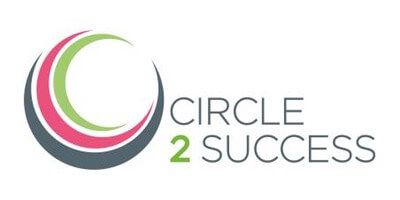The August DMP survey was conducted between 7 and 21 August and received 2,945 responses.
In August, businesses estimated that both their sales and investment in 2021 Q3 would be 7% lower than they otherwise would have been because of Covid, with employment 6% lower.
In the latest survey, businesses’ near-term expectations for the impact of Covid on sales, employment and investment were revised downwards, falling back to around levels reported in the June survey, following a temporary boost to expectations in July. The impact of Covid on sales was expected to ease from -7% in 2021 Q3 to -4% in 2021 Q4, down from -3% and -1% respectively in the July survey. Despite this fall, expectations in the August survey have remained slightly above levels reported in June.
In August, Covid was expected to lower investment by 7% in 2021 Q3 and 5% in 2021 Q4, a larger decline than the -6% and -3% respectively in July. That drag on investment was expected to reverse in the medium term, with investment expected to be 2% higher in 2022 and beyond compared with what it would have been without Covid.
Firms also reported worsening expectations in near-term employment impacts from Covid. Businesses expected employment to be around 6% lower due to Covid in 2021 Q3, and 4% lower in 2021 Q4, down from -2% and -1% respectively in the July survey. This fall brings August expectations for employment impacts from Covid in 2021 Q3 back in line with expectations reported in February 2021, with 2021 Q4 expectations reaching the lowest level reported so far, for that particular quarter.
The percentage of employees on full-time furlough (still employed but not required to work any hours) remained stable at 2% in August. The percentage of workers on premises was expected to rise to 66% in August, up from 64% in the previous month, rising to 71% in September and 76% in 2021 Q4, the highest level since the beginning of the pandemic. Increased staff absences continued to be reported in all industries, but were larger in production and consumer-facing industries, in which there is less capacity for employees to work remotely when self-isolating. Firms expected the staff absence rate to fall to around 1% in 2021 Q4.
In August, a third of firms planned to use less office space than they would have done in the absence of Covid, in 2022 and beyond. In total, firms expected to use 8% less office space, with the use of factory space, storage space, and other types of space all expected to increase by between 1-2%.
Overall uncertainty fell in August, with the percentage of businesses that viewed the overall level of uncertainty facing their business as high or very high down to 47% in July, 5 percentage points lower than the previous month. Covid remained the largest source of uncertainty for 25% of businesses, up slightly from 24% in July. The share of firms reporting Covid in the top three sources of uncertainty fell to 62%, down from 66% in the previous month. The share of firms that reported Brexit in their top three sources of uncertainty was 36% in July, 2 percentage points higher than the previous month.
The DMP was set up in August 2016 by the Bank of England together with academics from Stanford University and the University of Nottingham. It was designed to be representative of the population of UK businesses. All results are weighted. See Bloom et al (2017) for more details.
The DMP receives funding from the Economic and Social Research Council.






